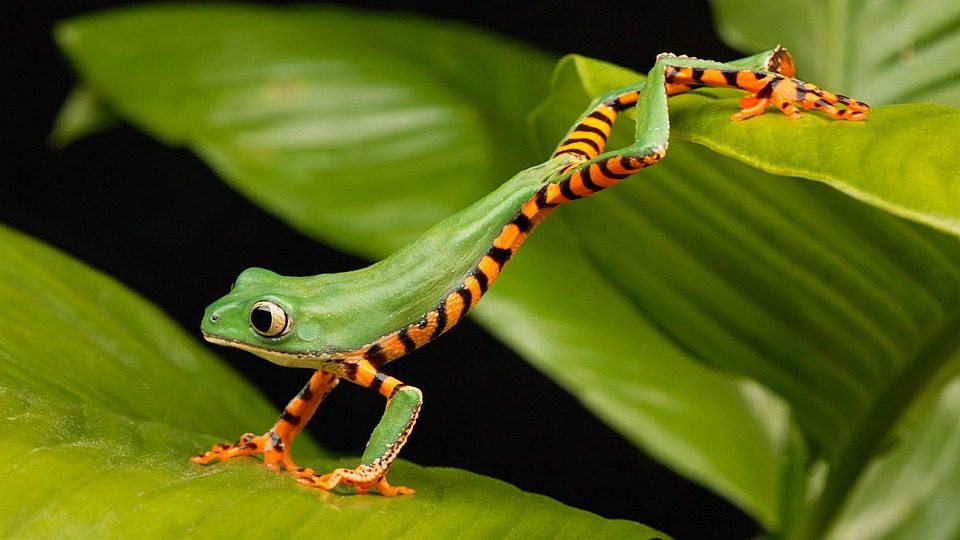Tufts University and Harvard University’s Wyss Institute researchers have regrown dismembered limbs.
In a report published in Science Advances, the researchers demonstrated how a chemical cocktail triggers limb development in frogs.
Limb regeneration is currently restricted to “salamanders and superheroes,” according to the team’s news statement.
Adult frogs and humans cannot regrow limbs spontaneously because their bodies conceal serious injuries with scar tissue.
Trials Give Hope People May Grow Their Own Limbs One Day
To begin the trial, scientists applied a five-drug chemical cocktail encapsulated in a silk protein gel to the African clawed frogs’ stump and sealed it with a silicone dome called a BioDome.
After 24 hours, they removed the dome and waited 18 months for the limb to regenerate.
David Kaplan, a co-author of the study and Stern Family Professor of Engineering at Tufts, noted that using the BioDome cap in the first 24 hours helps mimic an amniotic-like environment. The right drugs allow the rebuilding process to proceed without the interference of scar tissue.
Each of the five compounds had a unique purpose, such as suppressing collagen formation (which leads to scarring), lowering inflammation, and stimulating neuron, blood vessel, and muscle development.
The cocktail’s purpose was to prevent the frog’s immune system from sealing up the stump.
It’s thrilling to see that the chosen medications assisted in creating an almost complete limb, as stated by Nirosha Murugan, a research affiliate at Tufts’ Allen Discovery Center and the paper’s first author.
The scientists were encouraged by the regeneration of an almost functioning limb in several of the treated frogs.
The new limbs included bones, nerves, and many “toes” that sprouted from the ends of the limbs. However, the toes lacked bones.
When the leg was stroked with a stiff fiber, the frogs could feel it and utilize it for swimming through the water.
Murugan said that just a short exposure to the medications was necessary to initiate a months-long regeneration process shows that frogs and maybe other animals have latent regenerative capabilities that can be pushed into action.
Scientists will explore how this therapy could work on animals next, said corresponding author Michael Levin, director of Tufts’ Allen Discovery Center.
According to the researchers, this breakthrough finding took humanity one step closer to the objective of regenerative medicine.
The therapy will next be tested on mammals, according to the researchers.








